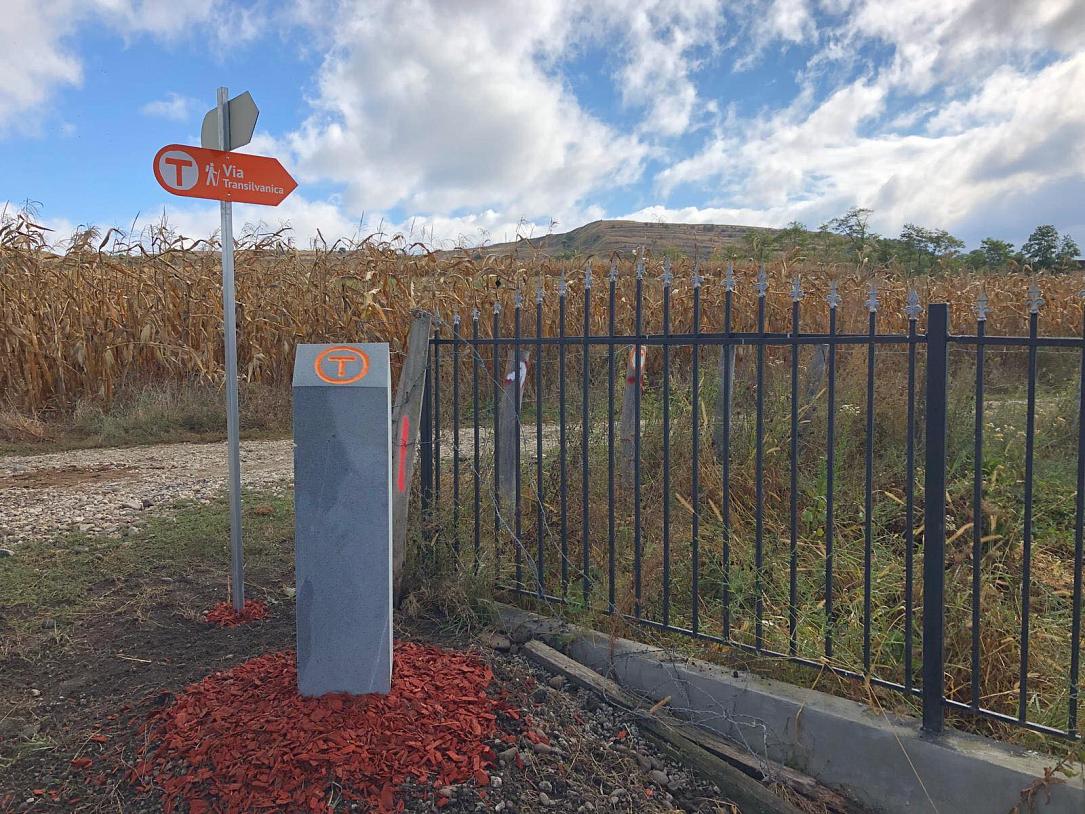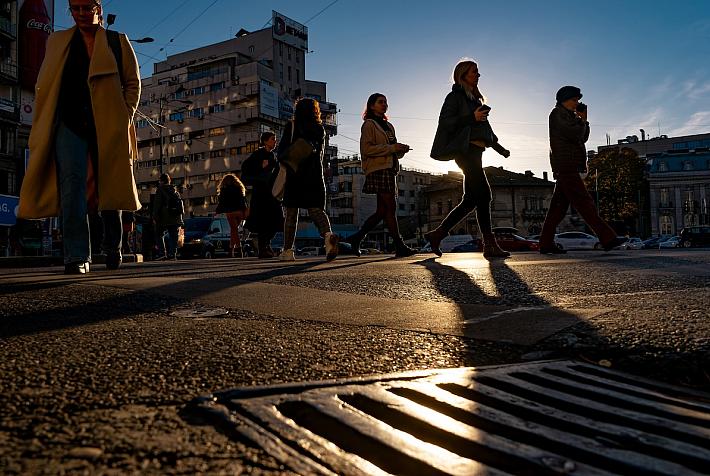Long-distance trail crossing Transylvania inaugurates first segment

Local NGO Tășuleasa Social has inaugurated the first 140 km of Via Transilvanica, a pilgrimage route that will cross the region of Transylvania. The first segment is located in Bistrița-Năsăud county.
Inspired by routes like the Camino de Santiago in Spain, Via Transilvanica will link Drobeta-Turnu Severin, a city in southwestern Romania, where King Carol I first entered the country, to Putna, in the north-east part of the country. This is where Moldavia medieval ruler Ștefan cel Mare (Steven the Great) is buried. In between the two localities, the route will go through ten counties on a 1,000 km distance.
The planned route will go through the counties of Mehedinți, Caraș-Severin, Hunedoara, Alba, Sibiu, Brașov, Harghita, Mureș, Bistrița-Năsăud and Suceava, and is set to offer those undertaking it various cultural, sports, and leisure opportunities. The route can be done on foot, by bike or riding.
In the area of the Bistrița-Năsăud county, the setting up of one km of the trail cost around EUR 1,000. The sum covers the manufacturing of the andesite landmarks, their setting up, the additional marking of the road and other logistic details.
This summer, the fundraising for the project opened. In addition to donations, those interested can contribute to the project by purchasing one or more landmarks.
Tășuleasa Social has also launched the Guide of the Via Transilvanica traveler, available in Romanian here. It covers information about the trail, maps and other advice.
(Photo: Via Transilvanica FB Page)
editor@romania-insider.com












